Luggage comes in all shapes and sizes.
For most wanting to tour, the decision is between hard luggage or soft luggage depending on your travel needs, as each type has distinct advantages and disadvantages.
Panniers
Hard panniers
- Durability: Hard luggage is typically made from materials like polycarbonate, ABS, or aluminum, making it more resistant to impacts and rough handling. This durability helps protect fragile items inside.
- Water Resistance: Hard-shell suitcases generally offer better water resistance, keeping contents drier in wet conditions.
- Security: The rigid exterior can deter theft, as it is harder to cut or slash compared to soft luggage.
- Weight: Hard luggage can be heavier than soft luggage, which may affect your overall baggage weight limit.
- Storage: Hard luggage often has less packing flexibility, as it cannot be compressed to fit into tight spaces.
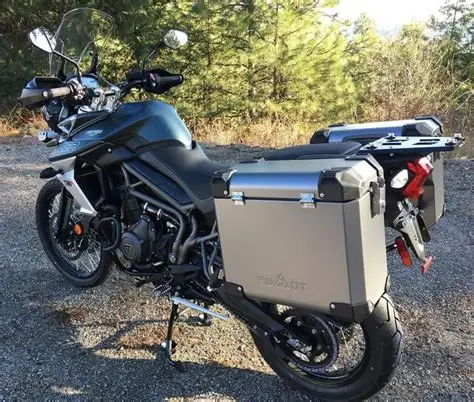
Soft panniers
- Flexibility: Soft-sided luggage is made from fabrics like nylon or polyester, allowing it to compress and fit into tight spaces, such as overhead compartments on airplanes.
- Weight: Generally lighter than hard luggage, soft luggage can help you maximize your weight allowance for packed items.
- Pockets and Compartments: Soft luggage often features exterior pockets and multiple compartments, making it easier to organize and access items during travel.
- Durability: While soft luggage can be less protective than hard luggage, high-quality materials can still offer good resistance to wear and tear.
- Cost: Soft luggage tends to be more affordable than hard luggage, making it a budget-friendly option for many travellers.
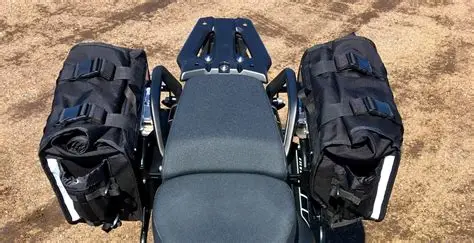
Conclusion
When deciding between hard and soft luggage, consider the following factors:
- Travel Type: If you frequently travel with fragile items or in harsh weather, hard luggage may be the better choice. Conversely, if you prioritize flexibility and lightweight options, soft luggage could be more suitable.
- Packing Style: If you prefer to pack efficiently and access items easily, soft luggage with multiple compartments may be advantageous.
- Budget: Evaluate your budget, as soft luggage is often more cost-effective.
Ultimately, the choice between hard and soft luggage comes down to personal preference and specific travel needs. Each type has its unique benefits, so assess what features matter most to you before making a decision.
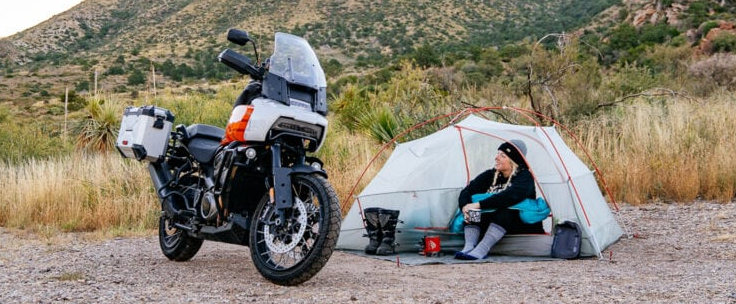
Backpacks
A motorcycle backpack can help you stay safe while riding, and there are a variety of benefits to using one. A motorcycle backpack can help keep your belongings secure while you’re riding. This means that you won’t have to worry about your possessions falling out while you’re on the road.
I use the Lomo dry bag day sack backpack.
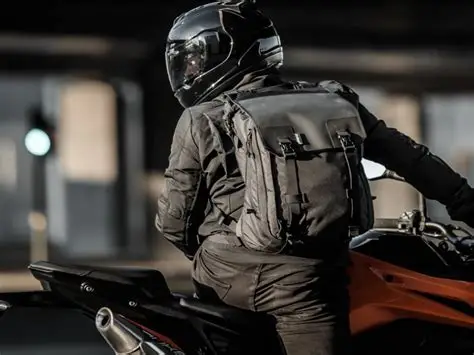
Tank bags
Motorcycle tank bags provide convenient and accessible storage, perfect for riders who need to keep essentials within reach. This guide covers the benefits of tank bags, how to secure them, and tips for choosing the right one for your bike.
I use the Oxford F1 tank bag.
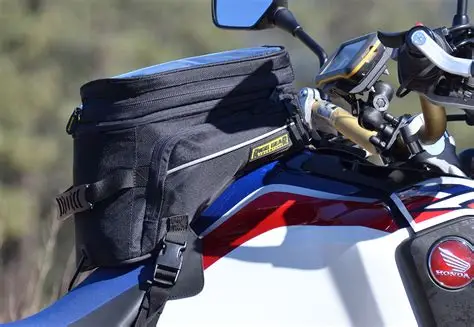
Leg bags
A good leg bag can provide quick access to your essentials, keep your pockets free, and add some style to your riding gear.
A motorcycle leg bag not only adds storage capability but also adds security and utility. Most motorcycle leg bags in the market today are all waterproof. Leg bag manufacturers focus on utility and the practicality aspect of the ride that’s why they guarantee that their leg bags are waterproof.
I use the Dianese leg bag.
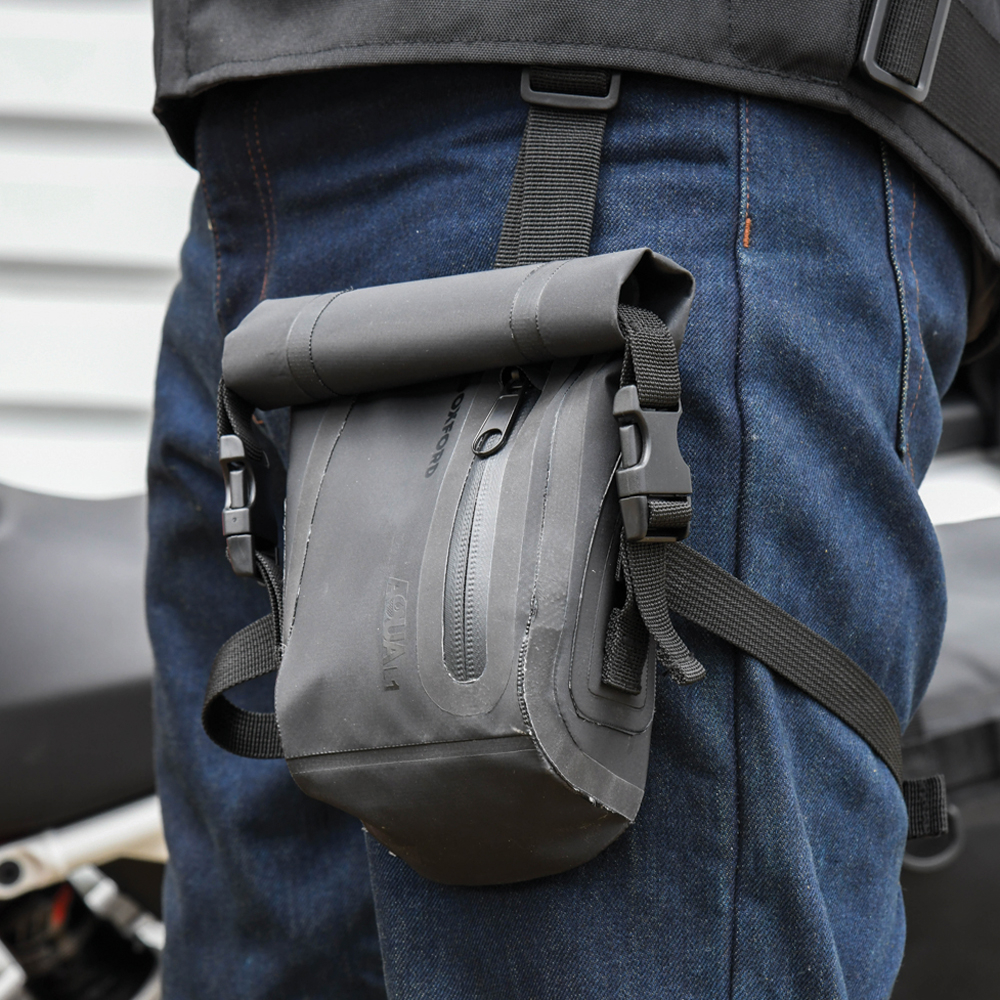
Crash bar bags
Crash bar bags let you store all those items that otherwise might get left at home — and what good is that?
A crash bar bag makes the most of a spot on your bike that would otherwise go unused. We want to fill you in on all the perks of a crash bar bag no matter if your ride is a long-haul cruiser or an ADV bike that needs to be self-reliant.
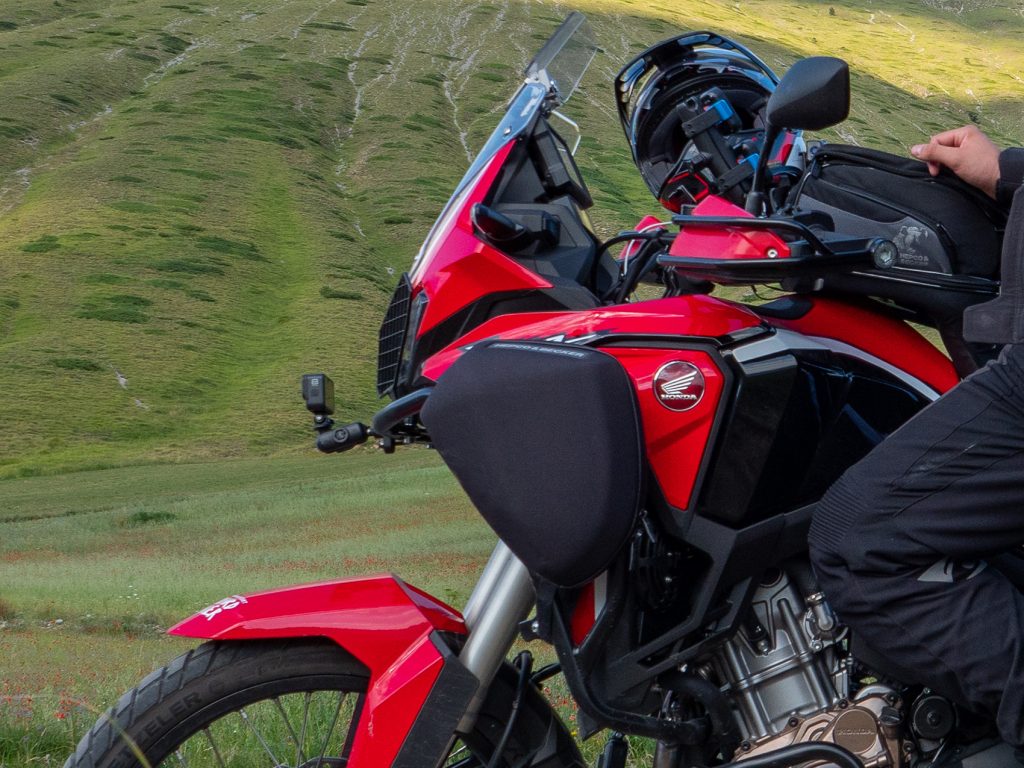
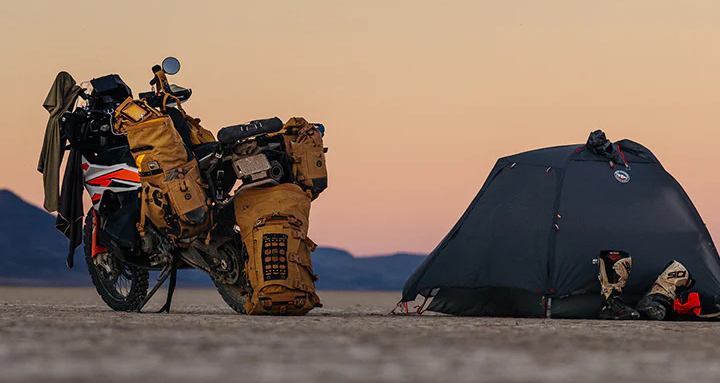

Article written by Nige.
Last update: July 2025
Nige uses a variety of different luggage solutions depending on the application. He owns hard panniers & top boxes, leg bags, back packs, tail bags, soft panniers and tank bags.
We may receive a commission if you purchase a product using the affiliate links on any page of this website. This is at no cost to the purchaser, however does support our website and helps us to continue to build with more great content.
